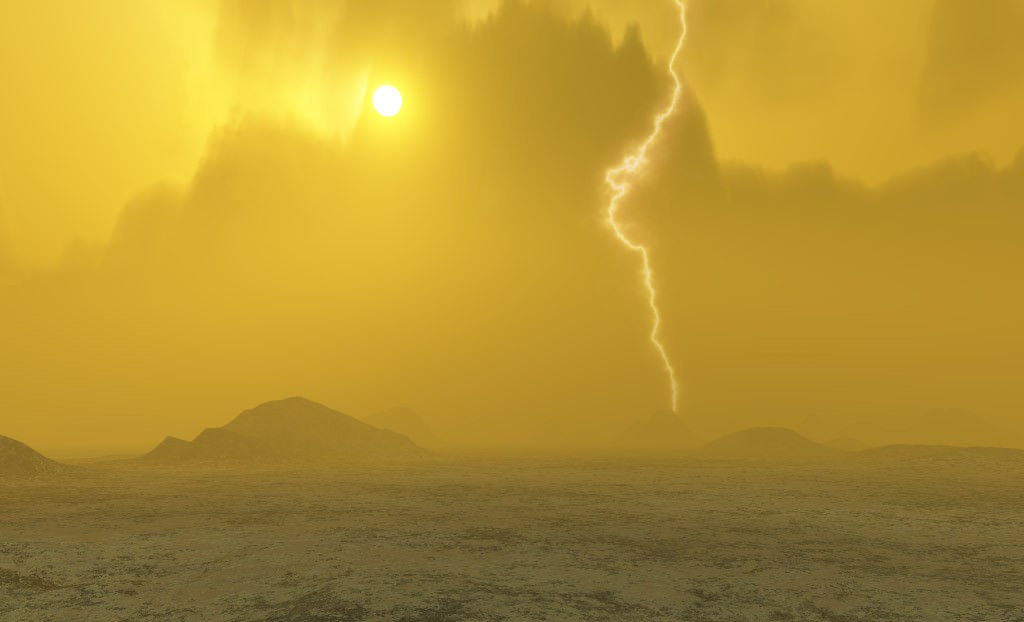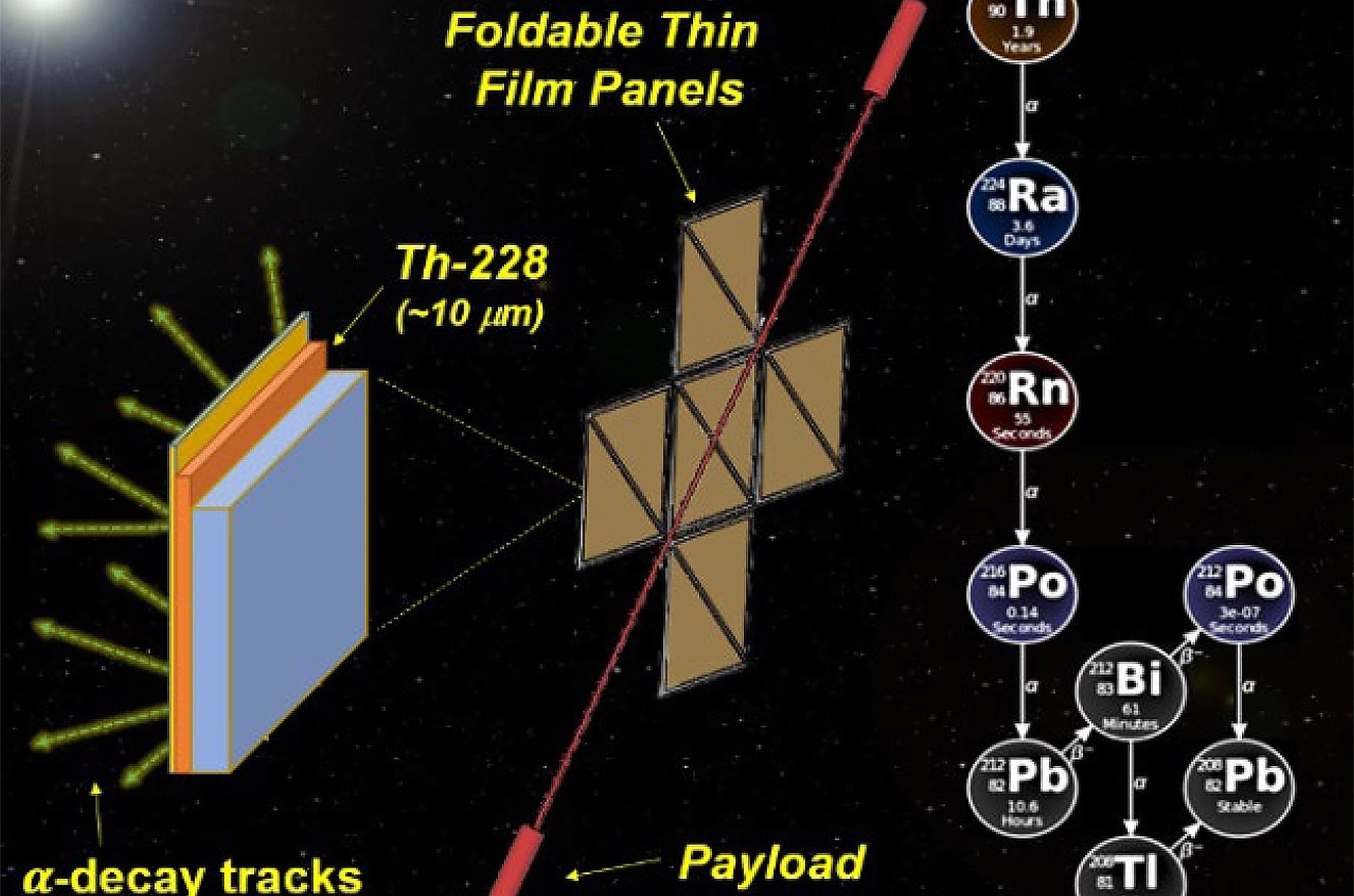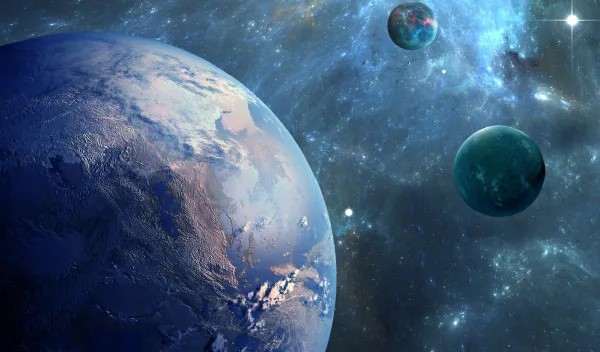Venus is only slightly smaller than the Earth, and so has enjoyed billions of years of a warm heart. But for this planet, sometimes called Earth’s sister, that heat has betrayed it. That planet is now wrapped in suffocating layers of a poisonous atmosphere made of carbon dioxide and sulfuric acid. The pressures on the surface reach almost 100 times the air pressure at Earth’s sea level. The average temperatures are over 700 degrees Fahrenheit, more than hot enough to melt lead, while the deepest valleys see records of over 900 degrees.
Continue reading “Why Venus Died”Why Mars Died

We know of Mars as the Red Planet, for its surface and atmosphere is caked in endless swirling dust of rusted iron, the rusting action provided by the always-eager oxygen. But this was not always so.
Continue reading “Why Mars Died”NASA Invests in New Nuclear Rocket Concept for the Future of Space Exploration and Astrophysics
In the coming years, NASA plans to send several astrobiology missions to Venus and Mars to search for evidence of extraterrestrial life. These will occur alongside crewed missions to the Moon (for the first time since the Apollo Era) and the first crewed missions to Mars. Beyond the inner Solar System, there are ambitious plans to send robotic missions to Europa, Titan, and other “Ocean Worlds” that could host exotic life. To accomplish these objectives, NASA is investing in some interesting new technologies through the NASA Innovative Advanced Concepts (NIAC) program.
This year’s selection includes solar-powered aircraft, bioreactors, lightsails, hibernation technology, astrobiology experiments, and nuclear propulsion technology. This includes a concept for a Thin Film Isotope Nuclear Engine Rocket (TFINER), a proposal by senior technical staff member James Bickford and his colleagues at the Charles Stark Draper Laboratory – a Massachusetts-based independent technology developer. This proposal relies on the decay of radioactive isotopes to generate propulsion and was recently selected by the NIAC for Phase I development.
Continue reading “NASA Invests in New Nuclear Rocket Concept for the Future of Space Exploration and Astrophysics”This Galaxy Hosted One of the Most Powerful Supernovae Ever Seen

In 2010, an exceptionally luminous supernova exploded in a small galaxy about 150 million light-years away called UGC 5189A. The Hubble Space Telescope has kept its eye on this galaxy because of the extraordinary supernova, which for three years released more than 2.5 billion times the energy of our Sun in visible light alone.
Though the supernova, named SN 2010jl, died down years ago, astronomers are still watching its aftermath.
Continue reading “This Galaxy Hosted One of the Most Powerful Supernovae Ever Seen”Thirsty? Water is More Common than you Think
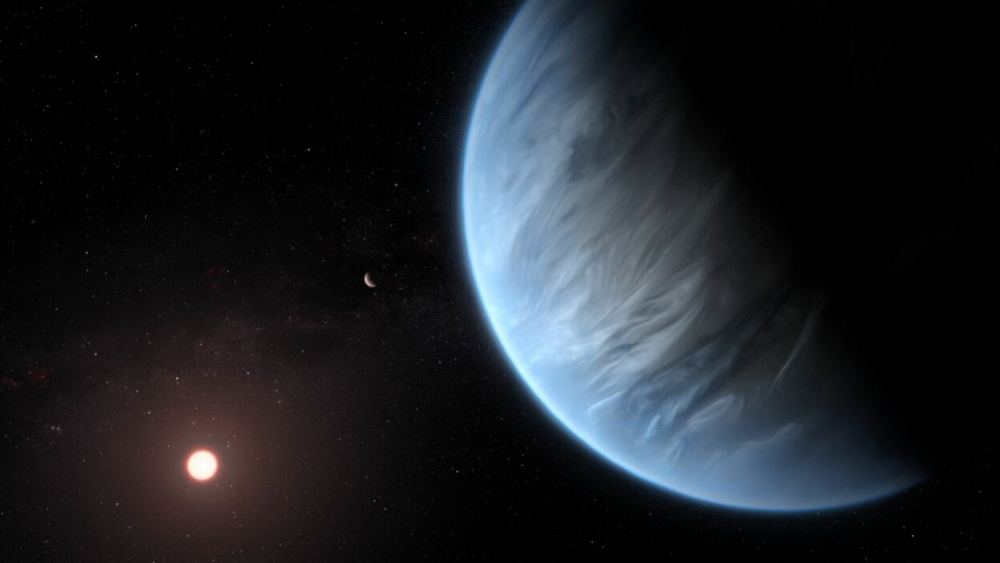
Water is the most common chemical molecule found throughout the entire universe. What water has going for it is that its constituents, hydrogen and oxygen, are also ridiculously common, and those two elements really enjoying bonding with each other. Oxygen has two open slots in its outmost electron orbital shell, making it very eager to find new friends, and each hydrogen comes with one spare electron, so the triple-bonding is a cinch.
Continue reading “Thirsty? Water is More Common than you Think”Vera Rubin Will Help Us Find the Weird and Wonderful Things Happening in the Solar System
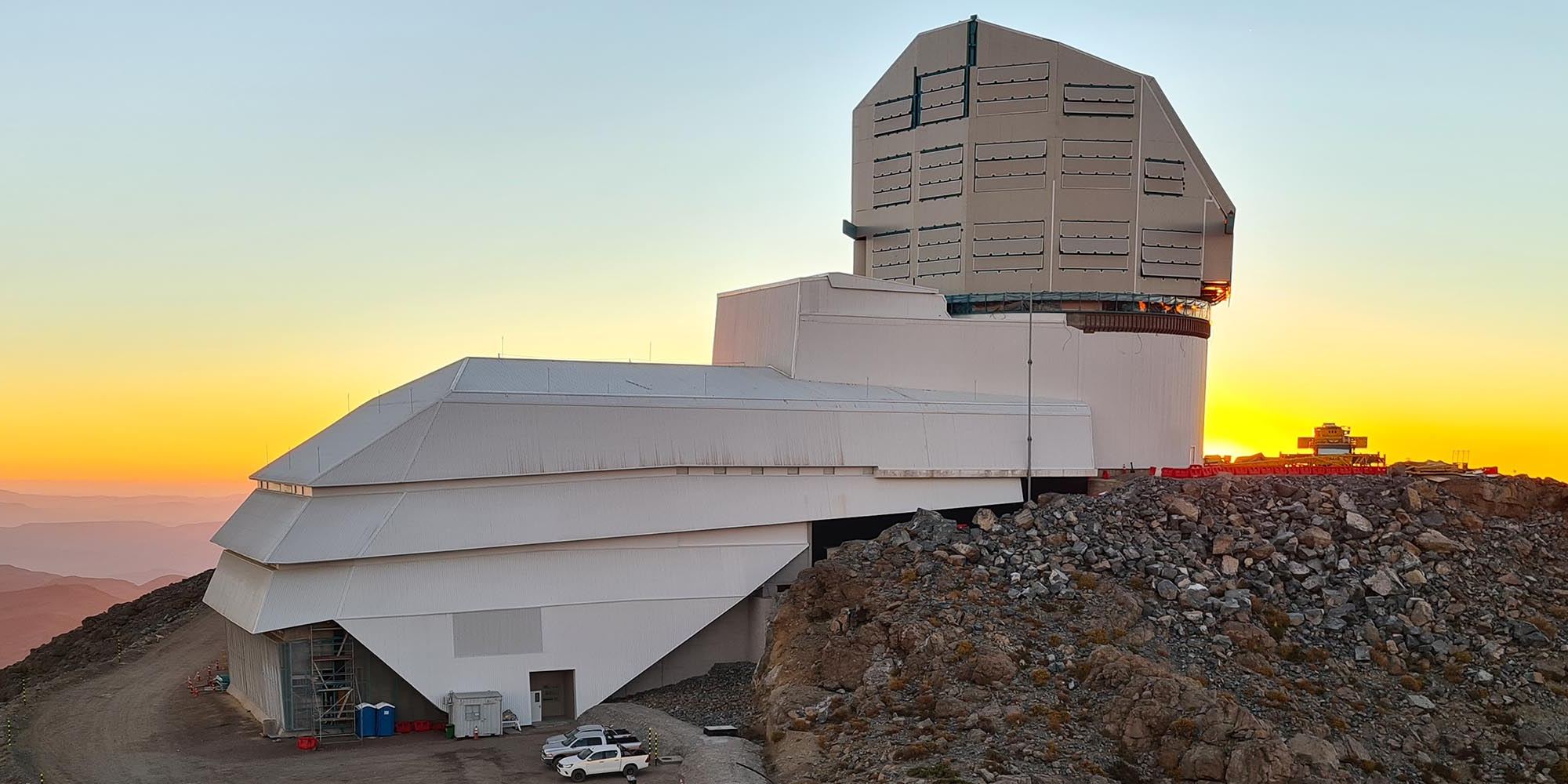
The Vera Rubin Observatory (VRO) is something special among telescopes. It’s not built for better angular resolution and increased resolving power like the European Extremely Large Telescope or the Giant Magellan Telescope. It’s built around a massive digital camera and will repeatedly capture broad, deep views of the entire sky rather than focus on any individual objects.
By repeatedly surveying the sky, the VRO will spot any changes or astronomical transients. Astronomers call this type of observation Time Domain Astronomy.
Continue reading “Vera Rubin Will Help Us Find the Weird and Wonderful Things Happening in the Solar System”Is this the Lightest Black Hole or Heaviest Neutron Star?
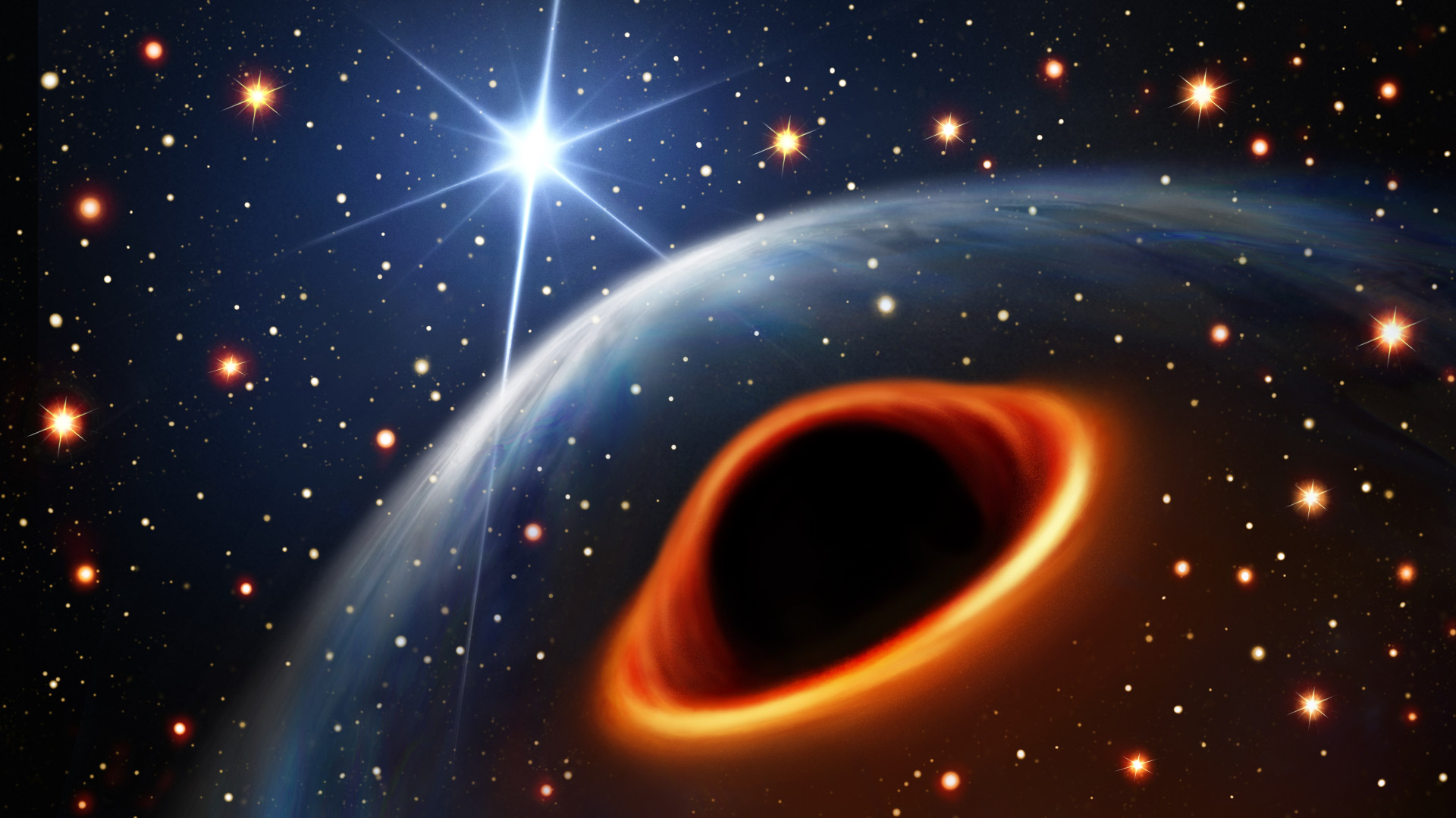
About 40,000 light-years away, a rapidly spinning object has a companion that’s confounding astronomers. It’s heavier than the heaviest neutron stars, yet at the same time, it’s lighter than the lightest black holes. Measurements place it in the so-called black hole mass gap, an observed gap in the stellar population between two to five solar masses. There appear to be no neutron stars larger than two solar masses and no black holes smaller than five solar masses.
Continue reading “Is this the Lightest Black Hole or Heaviest Neutron Star?”Astronomers See Massive Stars Forming Together in Multiple Star Systems
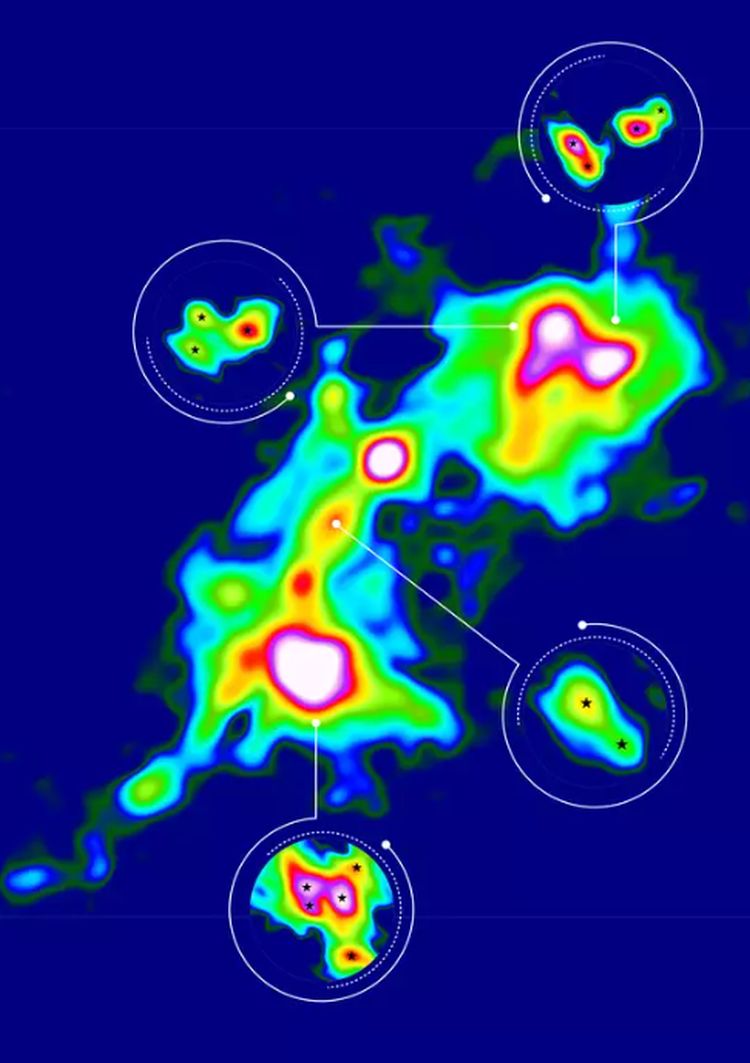
All stars form in giant molecular clouds of hydrogen. But some stars are extraordinarily massive; the most massive one we know of is about 200 times more massive than the Sun. How do these stars gain so much mass?
Part of the answer is that they form in multiple star systems.
Continue reading “Astronomers See Massive Stars Forming Together in Multiple Star Systems”Astronomers Identify 164 Promising Targets for the Habitable Worlds Observatory
Planning large astronomical missions is a long process. In some cases, such as the now functional James Webb Space Telescope, it can literally take decades. Part of that learning process is understanding what the mission will be designed to look for. Coming up with a list of what it should look for is a process, and on larger missions, teams of scientists work together to determine what they think will be best for the mission. In that vein, a team of researchers from UC Berkeley and UC Riverside have released a paper describing a database of exoplanets that could be worth the time of NASA’s new planned habitable planet survey, the Habitable Worlds Observatory HWO.
Continue reading “Astronomers Identify 164 Promising Targets for the Habitable Worlds Observatory”A Primordial Dark Matter Galaxy Found Without Stars
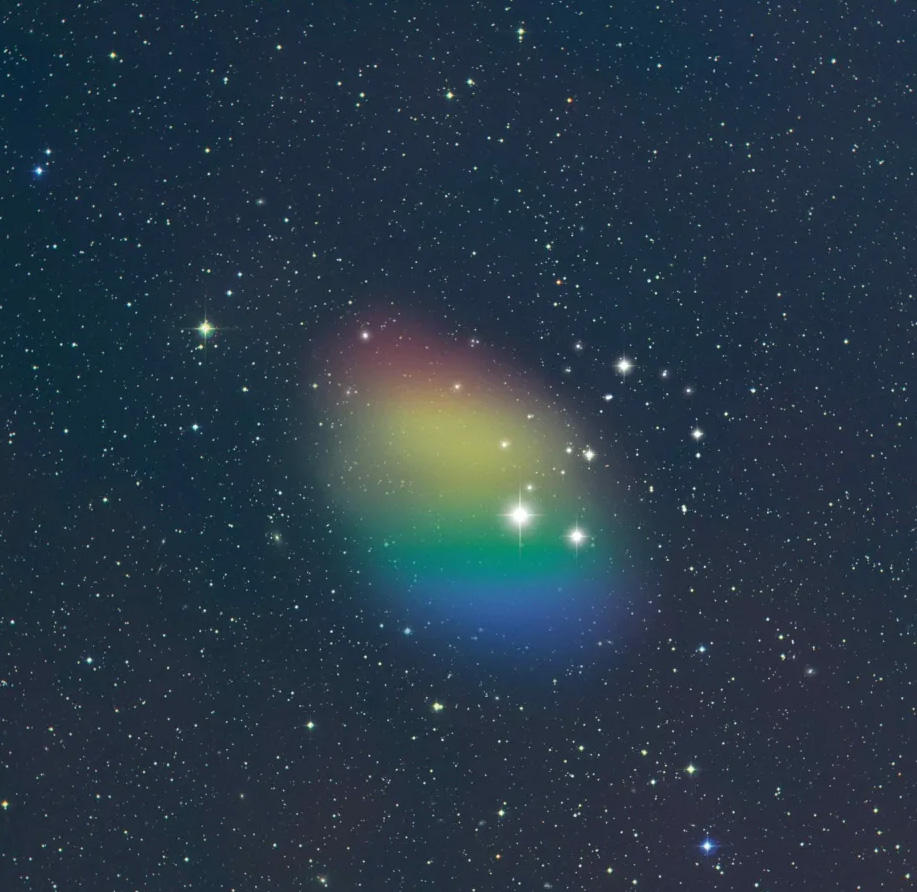
There’s a galaxy out there without apparent stars but largely chock full of dark matter. What’s that you say? A galaxy without stars? Isn’t that an impossibility? Not necessarily, according to the astronomers who found it and are trying to explain why it appears starless. “What we do know is that it’s an incredibly gas-rich galaxy,” said Green Bank Observatory’s Karen O’Neil, an astronomer studying this primordial galactic object. “It’s not demonstrating star formation like we’d expect, probably because its gas is too diffuse.”
Continue reading “A Primordial Dark Matter Galaxy Found Without Stars”
